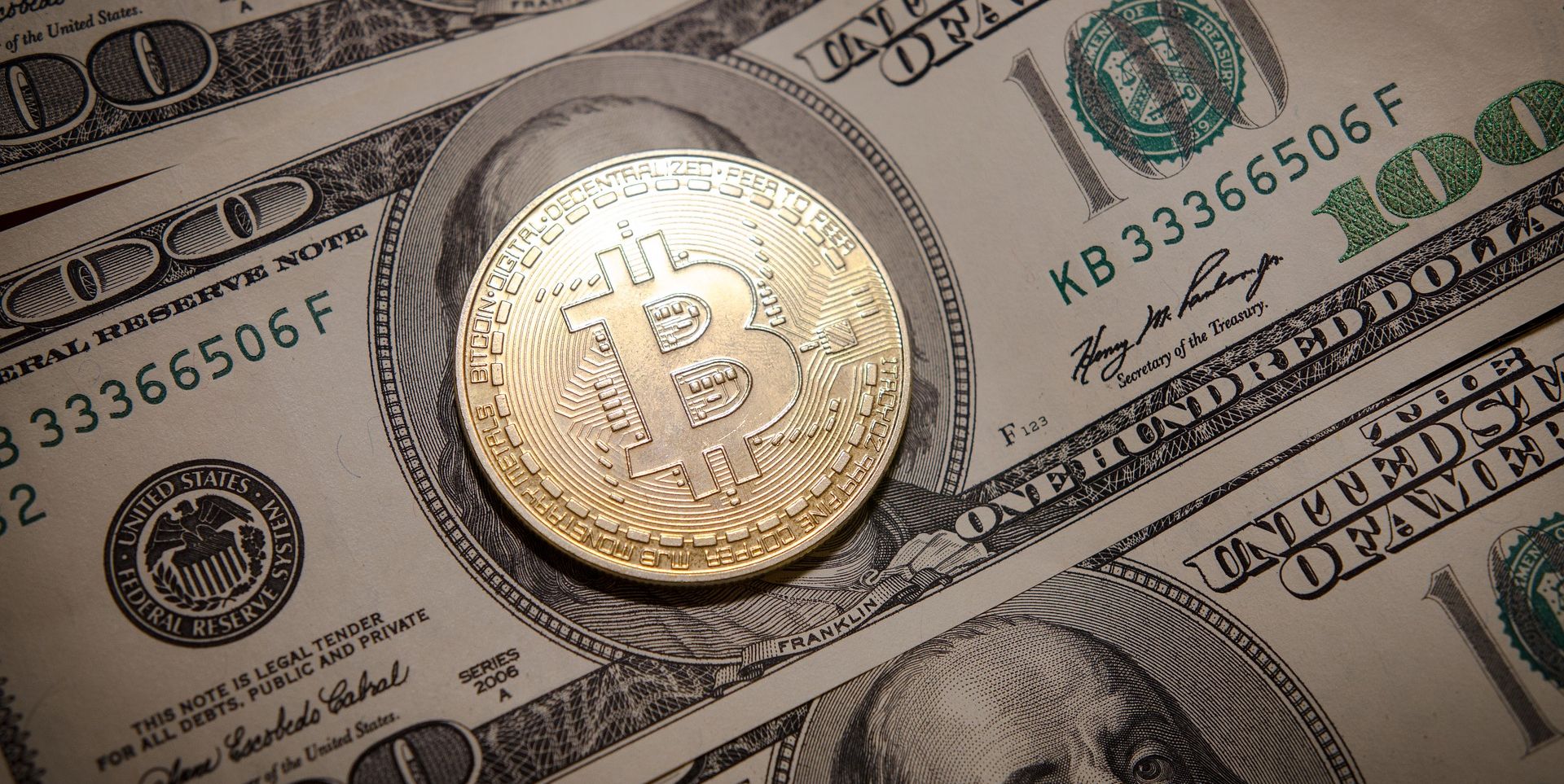The dynamics of a cryptocurrency transaction can be a bit difficult to understand, as they do not work in the same way as a traditional digital transaction. A number of elements play a role in any cryptocurrency transaction, including a mempool. But what is a mempool, and what role does it play in your crypto transactions?
How does a crypto transaction work?
To understand the position mempools has in crypto transactions, let’s go through a quick overview of the whole process. On a blockchain, a transaction is performed and then verified by miners or validators so that the network remains secure.
An important thing to note here is that not all cryptocurrency transactions work in exactly the same way because all blockchains are different from each other. For example, one can use proof of the betting algorithm, while another uses proof of work. One may require more confirmations, while others require less.
Take Bitcoin, for example. This blockchain requires a minimum of six confirmations per transaction, and one transaction may take some time to complete due to high user demand. Ethereum, on the other hand, requires a minimum of seven confirmations.
In addition, each block chain has a different number of nodes, which affects the number of meme pools present. You may find that some people refer to mempools as the “mempool”. While this is fine when referring to a specific mempool, it is important to remember that it is not a huge mempool spread over an entire blockchain. Rather, each node has its own mempool. So the more nodes a network has, the more meme pools there will be.
But in any case, mempools play an important role in cryptocurrency transactions. So what is their purpose?
What is a Mempool?
A mempool (a portmanteau of “memory pool”) acts as a kind of waiting room for pending cryptocurrency transactions. As previously mentioned, cryptocurrencies are not executed and completed simultaneously. Instead, they must be verified by a blockchain’s network of nodes to be processed. This can take time, so a pending transaction needs a place to go while waiting for confirmation. This “somewhere” is the mempool.
All transactions on a blockchain must enter the memo pool for confirmation. Within the memo pool, a node can store information about unconfirmed transactions. Depending on the hardware used to run the node, the size of the meme pool may vary. High-end hardware can often store larger amounts of data, while more rudimentary hardware has lower mempool storage capacity.
When a network has high transaction demand, meme pools are clogged, which allows for longer transaction times, as we often see in blockchains with limited scalability, such as Bitcoin. Networks with consistently backed up meme pools may also have higher fees in general.
When a given mempool reaches the storage capacity, a miner or validator will begin to prioritize the transactions with the highest fees, since this is where their financial incentive lies. Therefore, if you choose the lowest possible fee for your cryptocurrency transaction, chances are you will end up waiting longer for it to be verified.
Some Bitcoin blockchain traders choose to use transaction accelerators to hopefully reduce the time their transaction waits in the meme pool (although this is not a guaranteed means). In this scenario, a person will either broadcast their transaction again to remind miners that it is still waiting or pay a fee to prioritize the transaction.
Once a transaction is confirmed, it leaves the meme pool and is replaced with another pending transaction. Transactions that do not meet the minimum fee will be immediately removed from the meme pool and will not be processed.
But mempools have not gone without criticism. Some believe that the economic element associated with mempools creates an unfair advantage for wealthier users. This is also seen in the mining industry, where those who have the funds to invest in more expensive hardware often have a greater chance of winning a chance and reaping the rewards.
Mempools are crucial for the verification of crypto transactions
Within a crypto-blockchain network, meme pools are invaluable. Without these databases, nodes would not be able to see pending transactions and better organize the mining or validation process. Although meme pools are not without problems, they form the backbone of the cryptotransaction model.




























